
 |
|
|||||||
| FM/DM threads Everything about FM/DM in CoD |
 |
|
|
Thread Tools | Display Modes |
|
|
|
#1
|
|||
|
|||
|
I realise this thread is a bit acrimonious but overall the content has been very interesting. The technical points have already been made but I am interested in the logic of is being argued.
Kurfurst, your argument appears to be that it cannot be proved definitively that all fighter stations during the BOB used 100 octane. On that narrow definition you are quite right, especially if you hold your own personal threshold of 'absolute proof' very high. But based on the material presented in this thread, I still consider it likely that the BOB was fought largely if not completely with 100 octane. Almost all others in this thread, and also the previous very large thread on the same topic at another forum, seem to be of the same opinion. Perhaps someone in these threads at some point has stated that ALL RAF fighters were using 100 octane by the BOB without exception, but if you are arguing against that statement, you are presenting a variation of the straw man argument...refuting the most extreme position of your opponents instead of the typical position (and declaring victory!). Neither using or not using 100 octane in the BOB is an extraordinary claim that requires extraordinary evidence, or extra onus of proof on either side. Personally I could easily believe either of them, and have no initial bias that I am aware of. An extraordinary claim would be that the RAF had a jet squadron during the BOB, for example. Typically when deciding between such competing ordinary claims, people examine what evidence exists and make a qualified judgement on the topic to move forward with. Seeing there is an large amount of anecdotal evidence for widespread use of 100 octane as reported in this thread, also a compelling historical reason to use 100 octane, and finally documented historic availability of 100 octane, it doesn't seem surprising to me your argument is not being taken up or accepted by others. Going against the crowd is of course not a logical problem. If you argued against the existence of witches in the 1600s, you would be widely refuted but still correct (I hope!). But for every case like witch existance/nonexistance, there are many many more cases where the person arguing against informed peer belief is just mistaken. Of course your continuing arguing from your corner has lead to a lot of interesting technical information posted, and for that I thank you. camber |
|
#2
|
|||
|
|||
|
And still, amongst all of his blather, KF has not presented any evidence whatsoever that the Pips memo actually exists, nor has he seen it himself except as a summary on a thread. Yet everyone who argues against KF has to provide solid, documentary evidence to back up their claim, otherwise it is dismissed out of hand.
|
|
#3
|
|||
|
|||
|
even in the current german http://www.flugzeugclassic.de/zeitsc...ft=704&nav=621 issue, the talk about 100 octan for the RAF fighters in the BoB campaign. It seems everyone is rong lol....
|
|
#4
|
|||
|
|||
|
There is plenty of documentation of 100 octane fuel use before and during the Battle of Britain. For starters:
 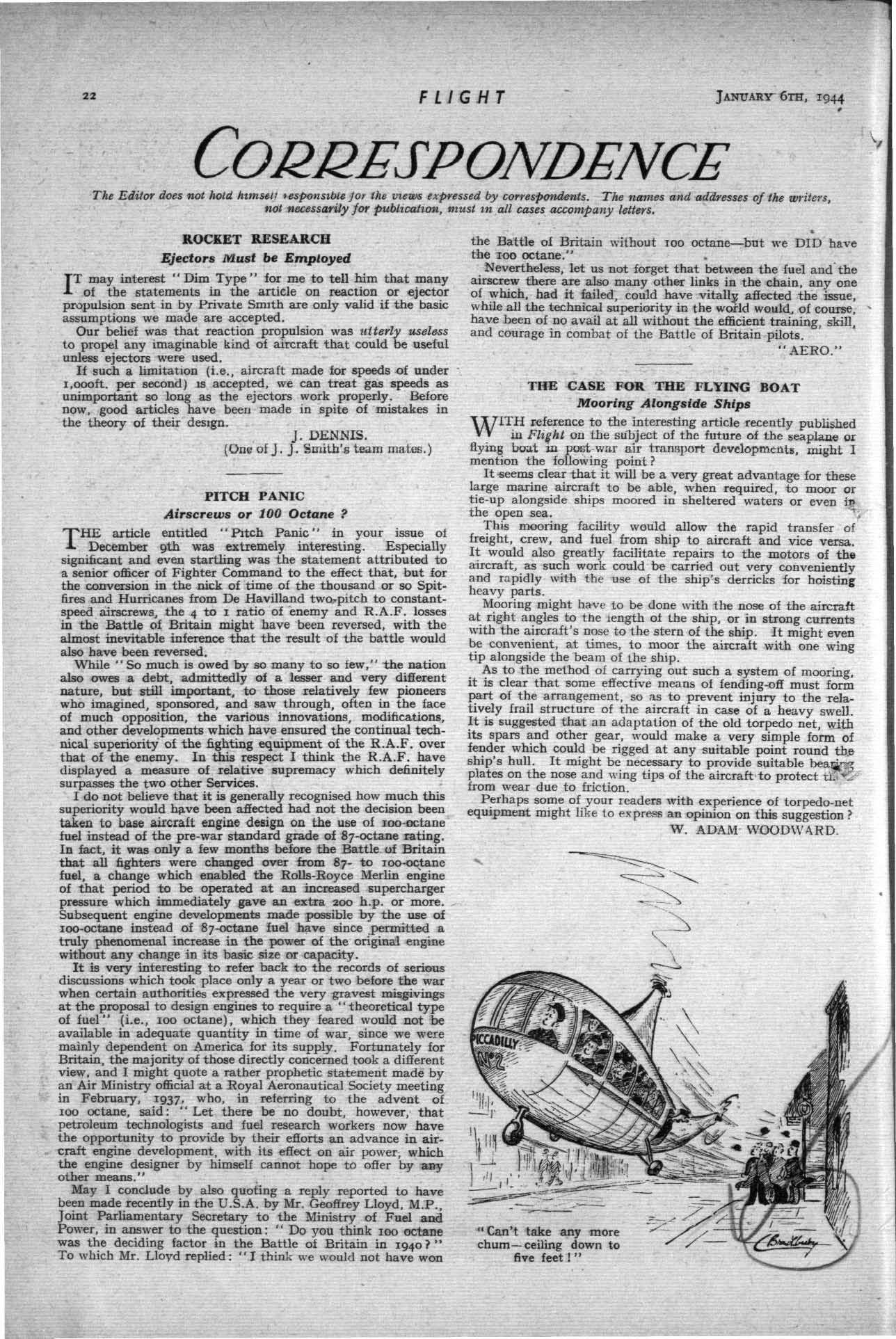 602 Sqdn. Operations Record Book 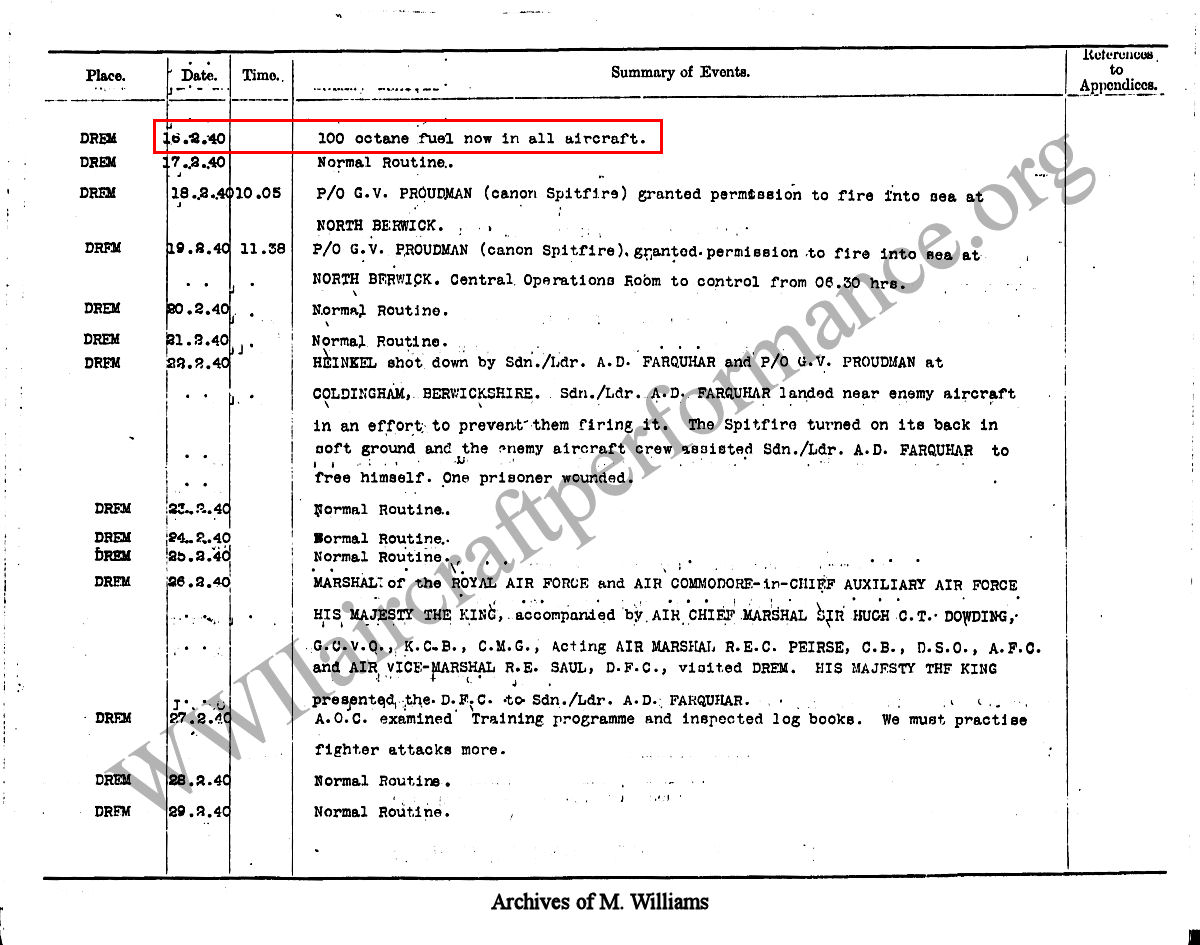 611 Sqdn. Operations Record Book 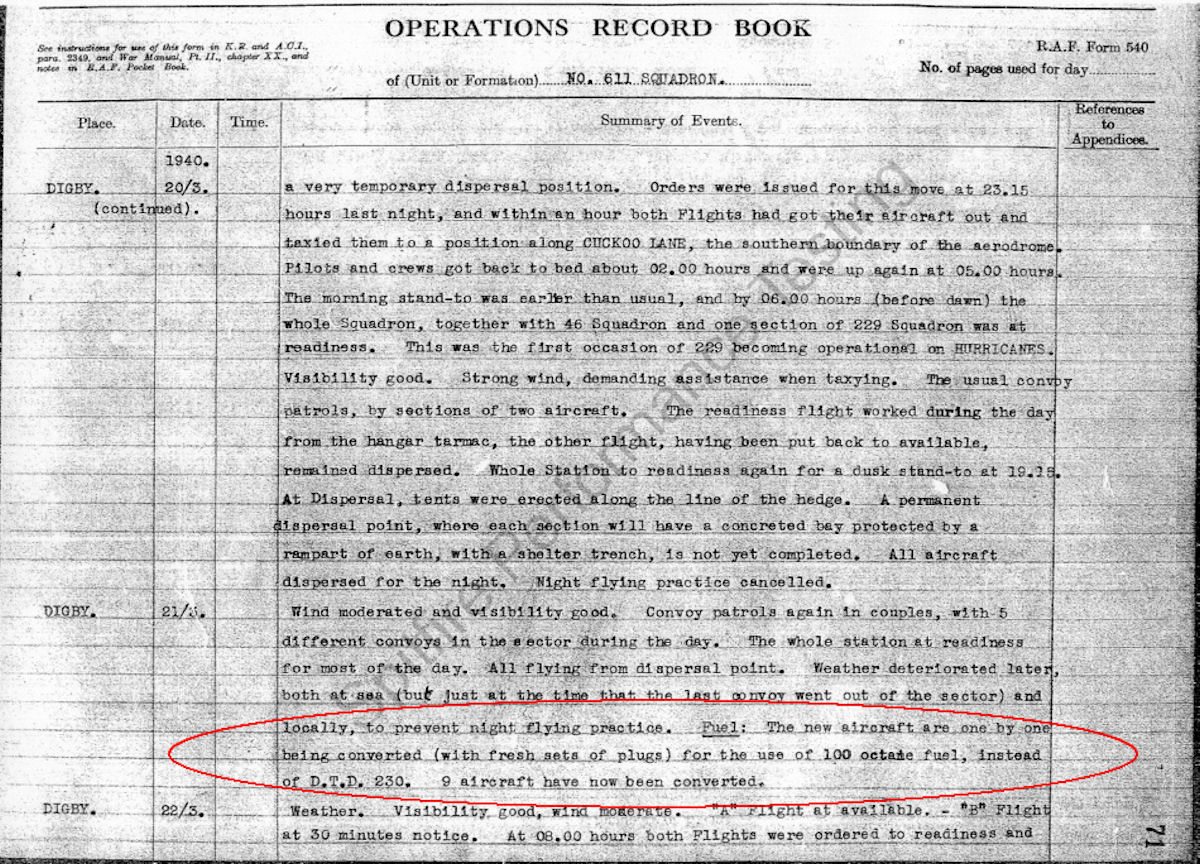 151 Sqdn. Operations Record Book 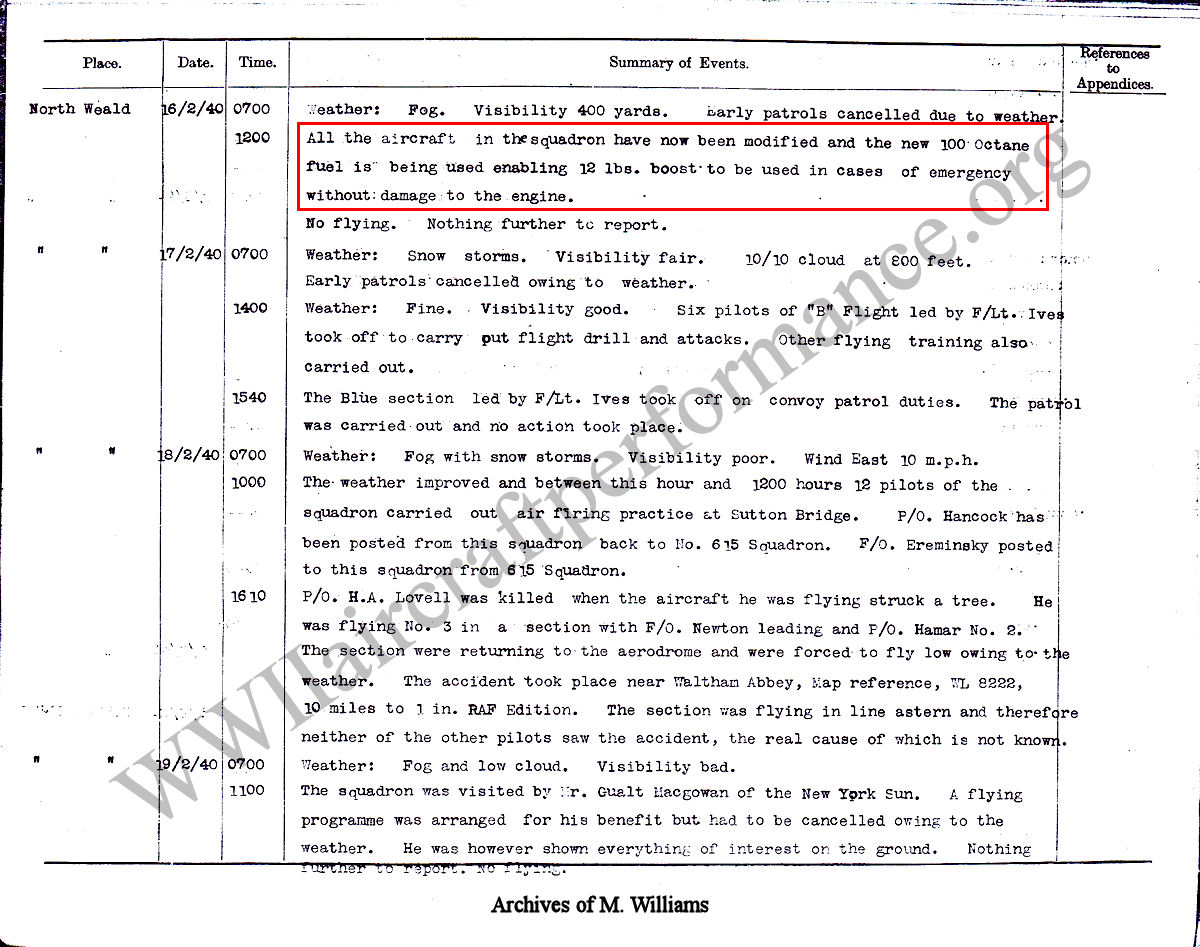 74 Sqdn. Operations Record Book  111 Sqdn. Operations Record Book 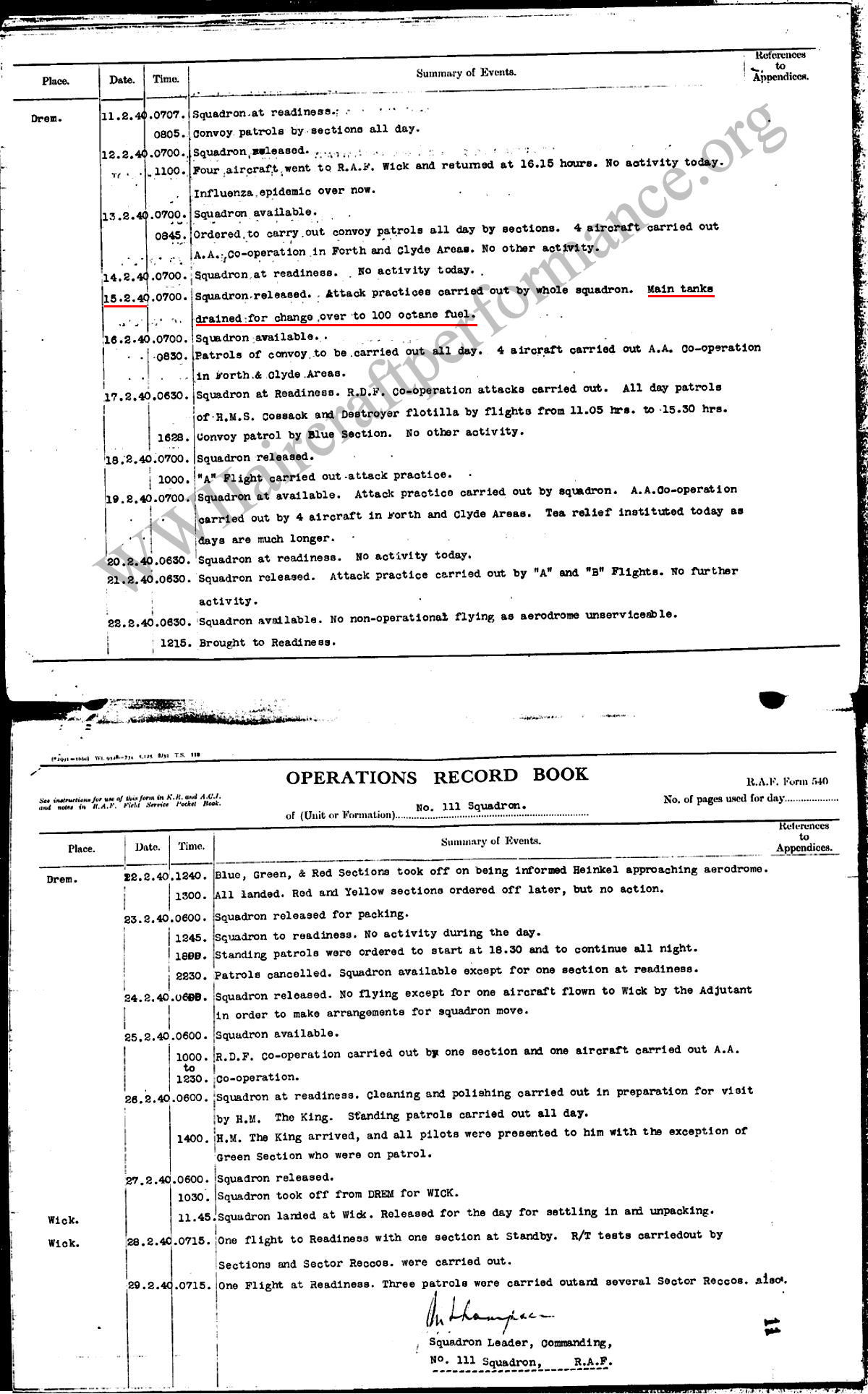 David Ross, The Greatest Squadron of Them All, The Definitive History of 603 Squadron, RAauxAF, (Grub Street, London, 2003)  Alec Harvey-Bailey, The Merlin in Perspective, (Rolls-Royce Heritage Trust, Derby, 1983) 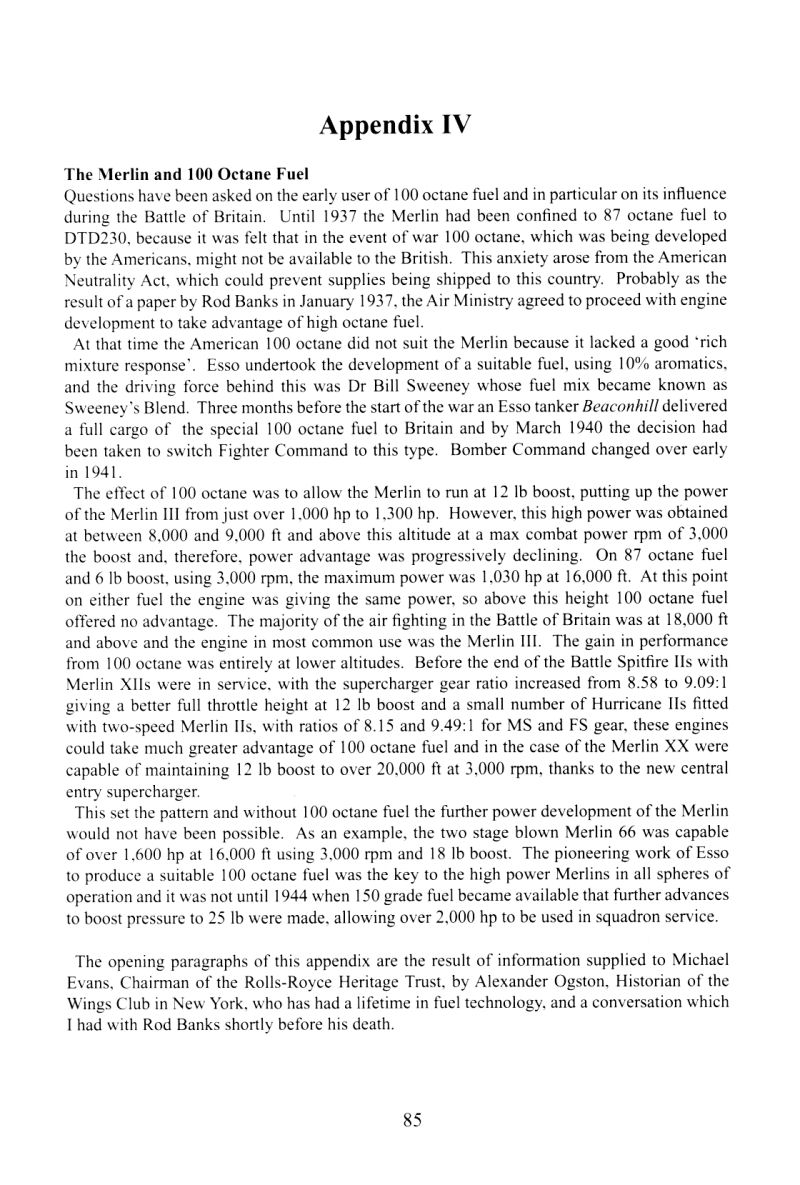 Alfred Price, The Spitfire Story, (Arms and Armour Press Ltd., London, 1986) 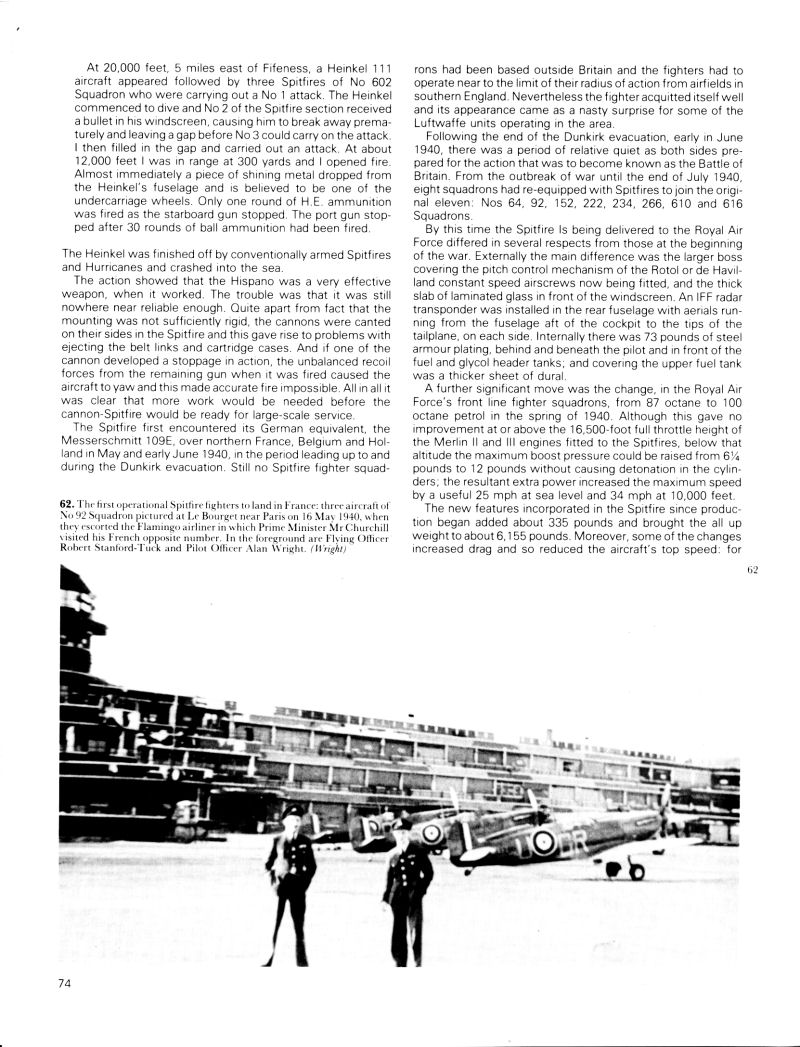 Leo McKinstry, Hurricane, Victor of the Battle of Britain, (John Murrey Publishers, London, 2010)  Leo McKinstry, Hurricane, Victor of the Battle of Britain, (John Murrey Publishers, London, 2010) 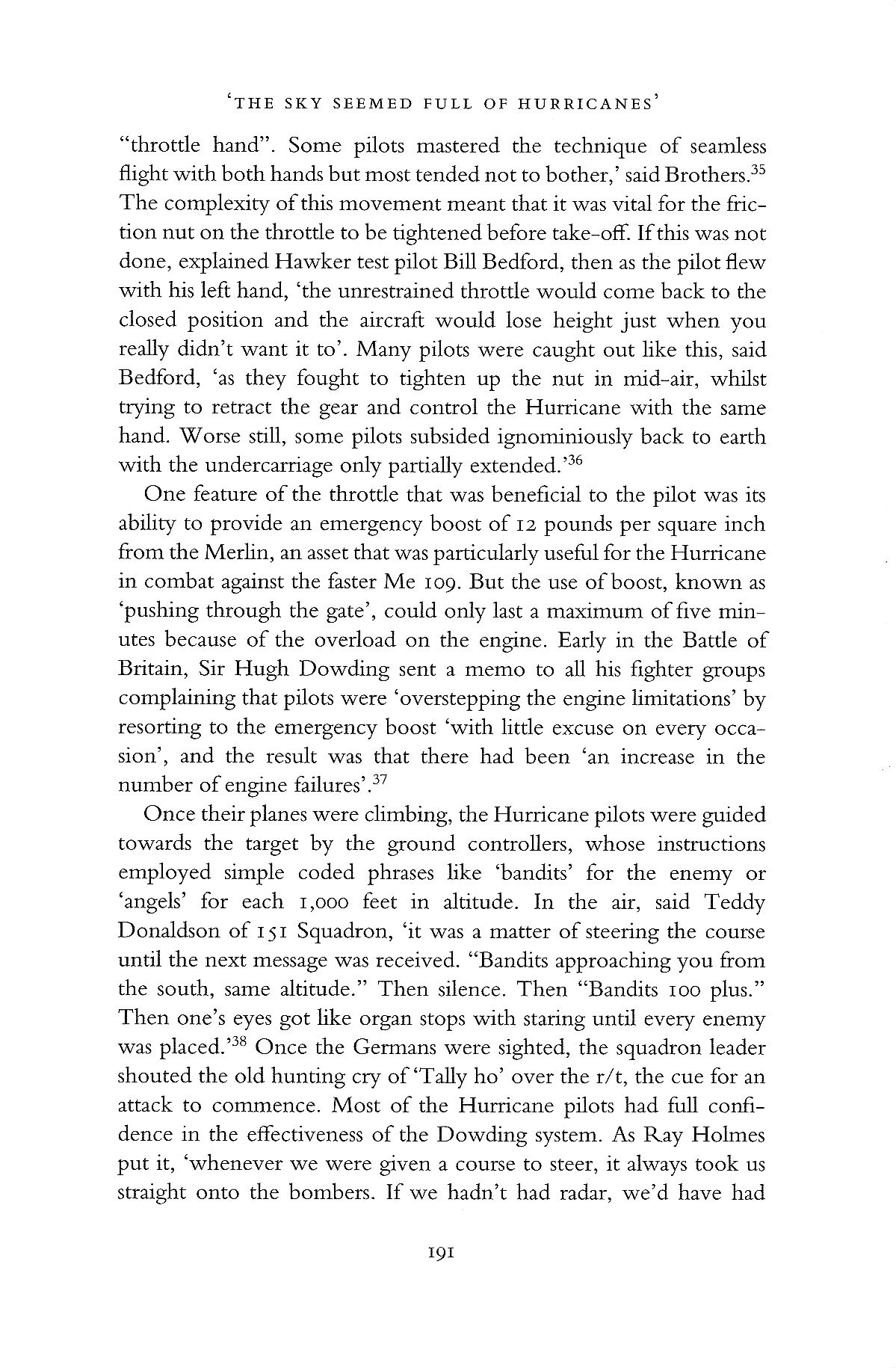 W.G. Dudek and D. R. Winans, excerpt from AIAA Paper No. 69-779, Milestones in Aviation Fuels, (Esso Research and Engineering Company, New York 1969.) 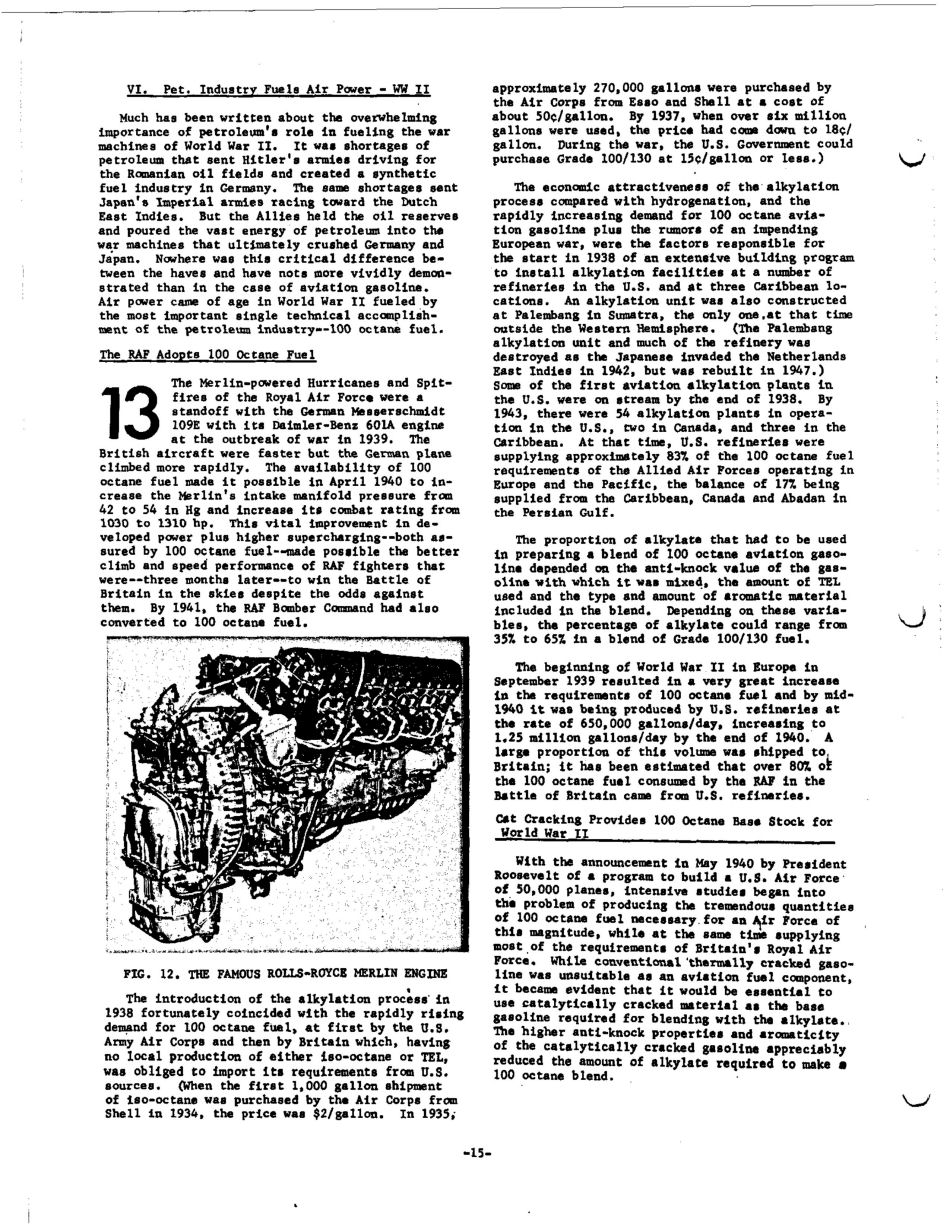 A. R. Ogston, excerpt from History of Aircraft Lubricants (Society of Automotive Enginees, Inc. Warrendale, PA USA), p. 12.  RAF History 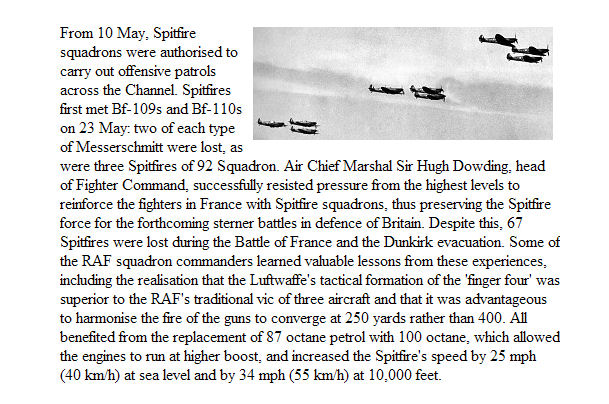 602 Sqdn. Spitfire I 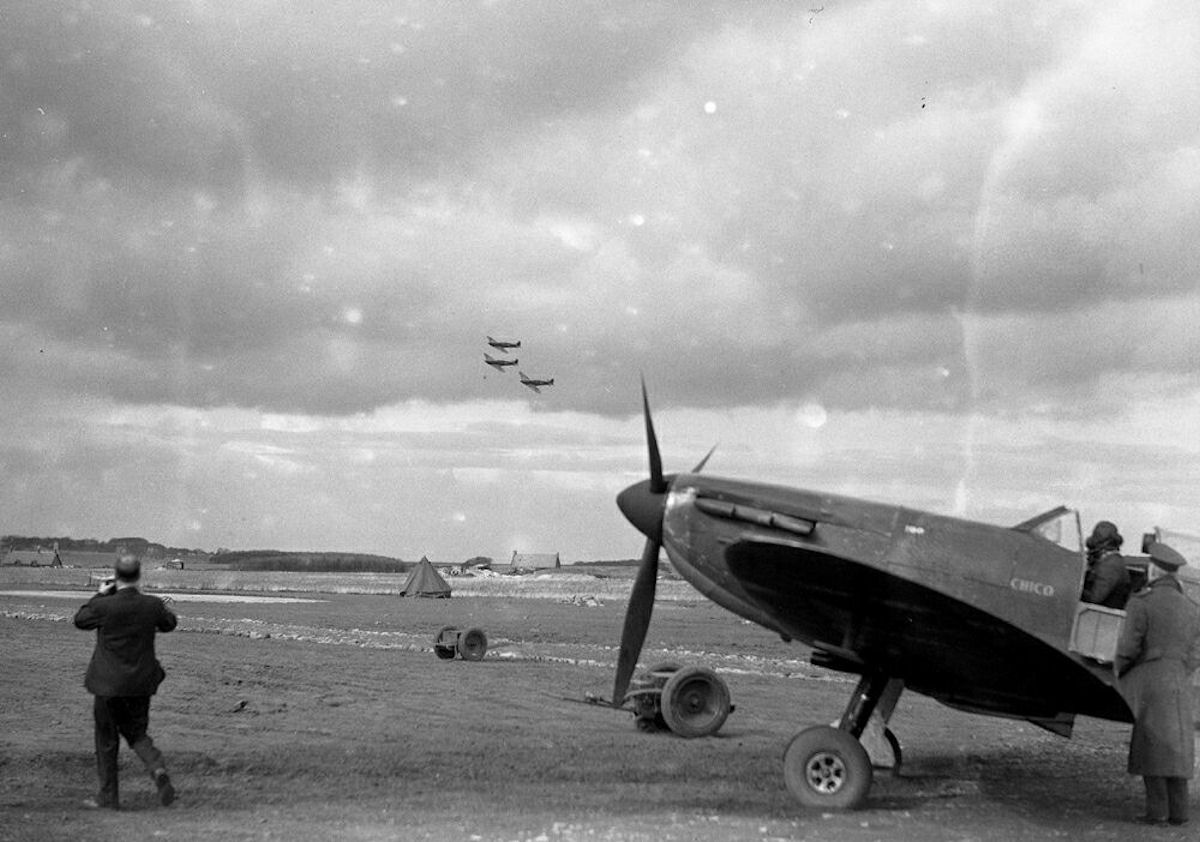 609 Sqdn. Spitfire I  610 Sqdn. - Hawkinge, July 1940 
Last edited by lane; 02-29-2012 at 01:00 PM. |
|
#5
|
|||
|
|||
|
I know that and I thank you for your posting, but it cannot be questioned that central to the Pips position is that there was a shortage. All I am asking is for Kurfurst to provide any evidence, that any part of the UK government, any department, considered there to be a shortage of 100 octane for FC, at any time during the BOB.
There are a raft of papers to the contrary and I could add a load more to your posting but I am not asking Kurfurst for that, I am just asking him to provide one paper, just one, that says there was a shortage. It shouldn't be that difficult, hundreds of papers, books, articles, personal memories, histories have been written about the battle. There must be one that agrees with him. |
|
#6
|
|||
|
|||
|
Quote:
I greatly appreciate the efforts you've made and the documents you have shared regarding the Battle of Britain and 100 octane fuel. As for the other business, it may be advisable to keep in mind the insight and wisdom found in camber's post 448. I believe you've adequately addressed the alleged shortage in your post 475 above. Last edited by lane; 03-01-2012 at 03:03 PM. |
|
#7
|
|||
|
|||
|
Hi Bounder!,
The number of pages concerning the article (exception made of the 2 pages of adds) is only 3 pages p576 to 579. It seems for me that quoting the page was of no importance as I alrdy took great care of extracting for the reader AND in the same order what was the essential for the discussion. That article was written at the occasion of the commemoration of 40 year of aero engine dev by RR and 50 years of History. The article is filled with 1 page add of RR. Obviously, we can understand that as it is today the article might hve been reviewed by RR ! The journalist of FLIGHT (H. F. K I N G , M . B . E) use a chronological order in his article and describe any major evolution of that engine IN THAT ORDER. For example if he specified that 87 octane was the fuel grade in use at the time, when 100 oct fuel is introduced in an engine he noted the modification. For example he clearly explains that if Hurri and Spits did rely on the Mk II and III, the Fulmar equipped with MkVIII could be fueled with 100 octane (with a max output power of 1080shp at T.O contrary to 1010 without - without meaning obviously with 87 ocatane On point 1: yes we are talking abt 1937. It's the beginning of the article that deal chronologically with the Merlin story. To say that the 87 oct fuel was the normal fuel used at that date I am using the quote on point 7 saying that using 100 oct fuel the Merlin XX had a 9lb boost The date I mentioned (remark that I didn't re-use the 1942 date as in the FLIGHT article) is in perspective with the service introduction of that engine as in my own memory. Note also that there is no mention of any use of the XX engine in the Spitfire but one on how the process of introducing that level of improvement was difficult ("These figures represent an increase of nearly 250 h.p. over the Merlin II of identical cylinder dimensions, and illustrate in a convincing manner the technical progress achieved by years of 'toil, tears and sweat,' to borrow a classical phrase from our worthy Prime Minister.") All that makes sense to me on the base of technical grounds. The quote made out of the rest of article are there to put the subsequent development in perpective regarding SHP and boost with the ultimate being 25lb for the post war 131/132 on the Hornet. Hence we have two door in the Merlin history acording to the article : one in 1937 for introduction of 87 octane (confirmed in 1940 with the mention made of the Fulmar using a special engine) and the other in 1941 (42 in Fligt article) for possibility of 100 octane usage in the mkXX. After that date it's upon the reader to decide witch fuel was in use since the article does not mention any switch (witch I found interesting despite all the other details of the engine modifications) but it's another story Note also that in 1954, the merlin with 150000 units produced (all manufacturer included) represented more than 80% of all engines build by RR at the time (185000) Source : http://www.flightglobal.com/pdfarchi...0-%201286.html Last edited by TomcatViP; 02-29-2012 at 03:53 PM. |
|
#8
|
|||
|
|||
|
Quote:
The article covers the start of Rolls Royce and goes on to discuss the development of the Merlin engine. What I gather from your posts is that you are basing your argument that, when the Merlin II and III engines where first tested they used 87 Octane fuel, I have no problem with that. You are then saying that when the Merlin XX engine was introduced later in 1941 it ran on 100 Octane fuel, again I have no problem with that. The problem I have with your argument is that it assumes Merin II or III engines could not or were not be modified to run on 100 Octane fuel – this is not stated in the article and is contrary to all the evidence posted in this thread and historical accounts showing that Spitfires and Hurricanes were converted to 100 Octane fuel before the Battle of Britain. ----------------------------------------------------------------------------------------------------------------- PS: Thanks MoGas, I wouldn't post any scans if it could cause copyright issues. ----------------------------------------------------------------------------------------------------------------- Just for the record, my concern regarding the whole 87 vs 100 Octane fuel stemmed from previous information that seemed to indicate at the time that CoD would not offer official models of the same aircraft with different octane fuel (link to post http://forum.1cpublishing.eu/showthr...439#post389439). My worry is that if only one octane model per aircraft will officially be supported that we will get official models using 87 Octane fuel without corresponding models using 100 Octane. Given the overwhelming evidence of 100 Octane fuel used by Spitfires and Hurricanes during BoB against the complete lack of evidence for those aircraft flying combat sorties using 87 Octane fuel, having official models only using 87 octane would, in my opinion, be historically inaccurate. I understand that once the SDK pack is released players could model their own variants and I feel that if people want to model 87 octane Spitfires and Hurricanes that would be great and allow for more choice, particularly in dynamic campaigns where the LW successfully target enough RAF fuel supplies, bases etc forcing RAF fighters into 87 Octane fighters. Also, I don’t have a problem with variants of the Spitfires and Hurricane we have in game modelled officially with both 87 and 100 Octane, then it’s up to the user / mission designer to pick. But if we can only have one variant per model, then it should in my opinion be the 100 Octane variant since all the evidence supports 100 Octane fuel use in BoB. Last edited by Bounder!; 02-29-2012 at 11:53 PM. |
|
#9
|
||||
|
||||
|
Quote:
humm remind me a movie with some monkeys, Bruce Willis and Brad Pitt Quote:
Quote:
Quote:
If they didn't make any mention of such "conversions" it's not because they wanted to hide it to the future WWII simmer of the early 21st century but perhaps because there was no such usage. In the Au archive we have alrdy seen that 100 octane fuel was used to be blended with old stock of 74 octane fuel to produce 87, 90 or even 95 octane fuel. Last but not least, when used in the MkVIII engine, the 100 octane fuel was not producing tremendous amount of extra power (1010 vs 1080). Last edited by TomcatViP; 02-29-2012 at 06:33 PM. |
|
#10
|
|||
|
|||
|
Quote:
In response to your claim in point 3 of your post (434) on page 44, and I quote you said "the petrol normally used at that time was 87 Octane" I find this slightly misleading as the time in question is 1937, which you did not state nor was there an attempt to put the quote in context. Whilst it does say on Page 557 of the original text (link) that “the petrol normally used at that time was 87 Octane” it is referring a to pre-war flight endurance test in 1937 where the Spitfire in question used “fuel of a higher Octane” (than 87 Octane). Note, this is stating that in 1937 the petrol normally used was 87 Octane – it does not mention the normal Octane used during the Battle of Britain 3 years later in 1940. I fail to see the significance of this quote regarding Octane usage during the Battle of Britain when we examine the whole quote. If I have missed any quotes in the document regarding 87 or 100 Octane fuel usage during the Battle of Britain, and I may well have done considering it's a huge document, could you please quote them directly and list the page in the document that they appear so we may examine them in full. For example as I have done above by stating the quote and it’s appearance on page 557 with a working link to the page. Thanks. Quote:
MoGas, could you post a summary or even better images of the article you are referring to in english since it seems the magazine you are referring to requires a subscription. Thanks, Bounder Last edited by Bounder!; 02-29-2012 at 02:25 PM. Reason: found the document in question |
 |
| Thread Tools | |
| Display Modes | |
|
|